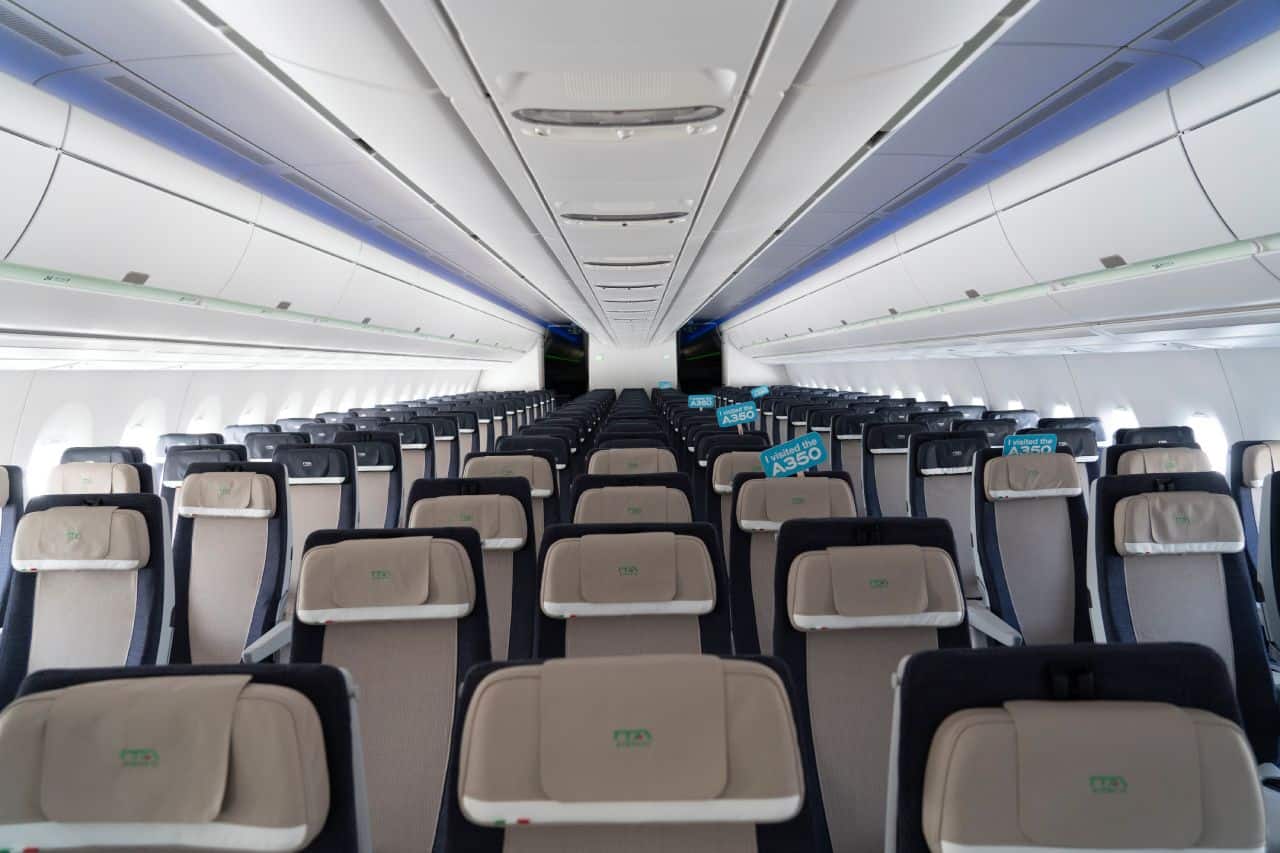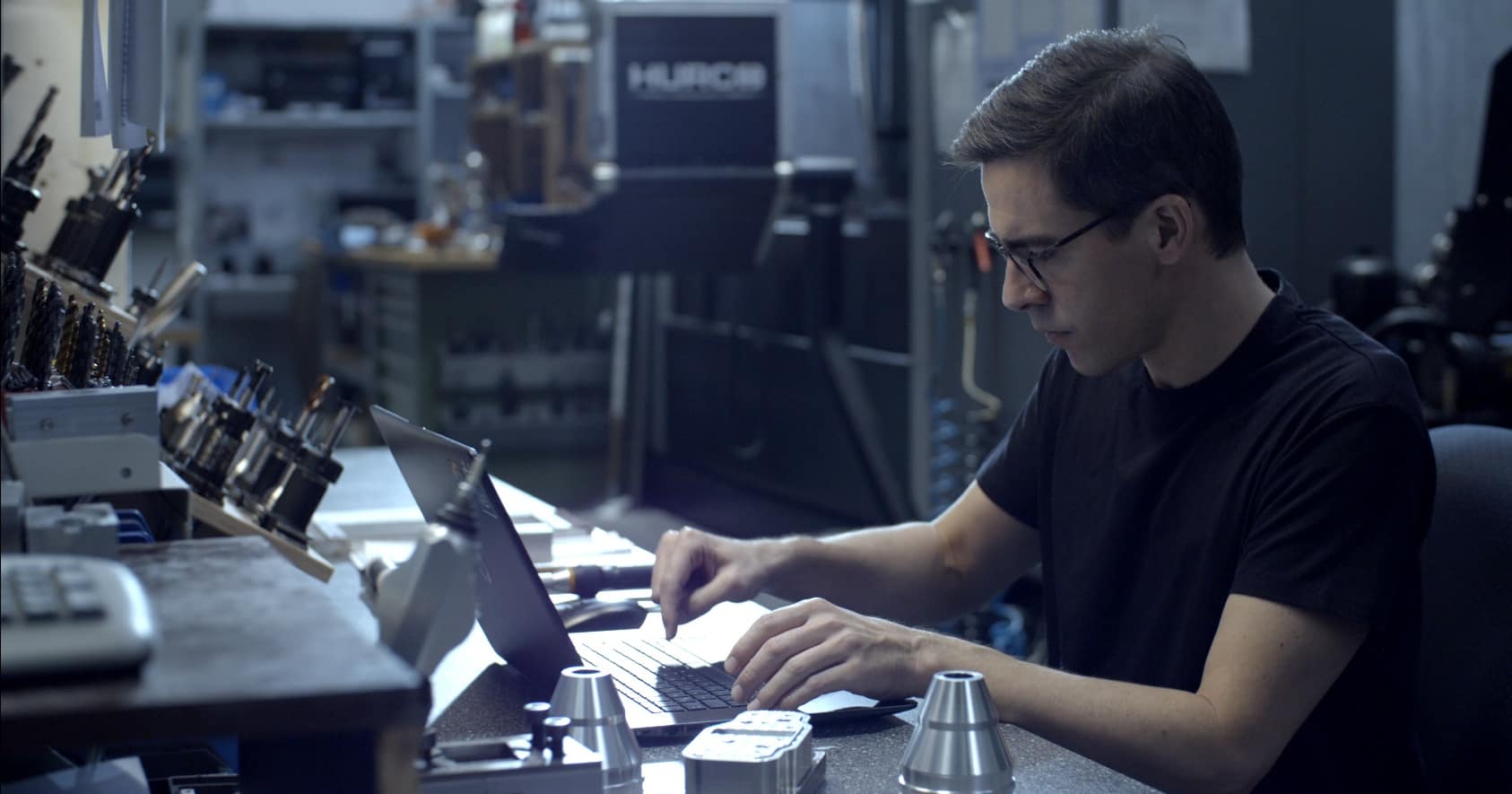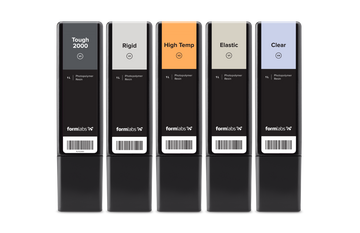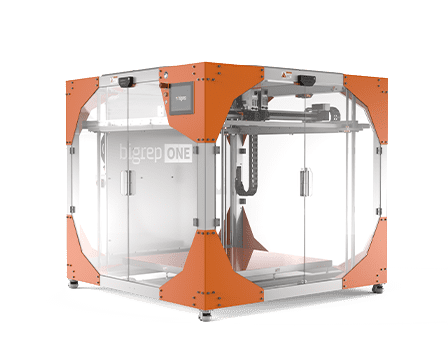Even though airplanes are flying machines packed with technology, passengers typically perceive them as cramped yet passably comfortable traveling environments. Covers and panels hide all the actuators, cables, and electrical and mechanical devices in the plane walls. They also safely shield functional components from passengers while also contributing to the look and feel of the interior cabin space. These panels are commonly made from fiberglass composite materials due to the combination of low weights with high stiffness and load-bearing capabilities.
Large Parts Traditionally Require Expensive Manufacturing Techniques
Each version of a cover or panel commonly requires mold manufacturing. Glass fiber mats soaked with resin are placed, thus shaping the final panel after curing the resin. This process is time-consuming. It easily takes six to eight weeks to make one larger panel. Additionally, the high amount of manual labor involved causes substantial costs.
Engineers quickly realized that the BigRep ONE could be used in many other areas of research and development.
Product development requires evaluating and improving each design iteration until the best solution is reached. In some cases, designs can be checked through software evaluation. However, many situations require the creation of a physical prototype to properly evaluate its scale, fit, performance, aesthetics, and more. Having a physical object available also facilitates testing of mounting and assembly procedures.
Traditionally, aircraft interior panel prototypes would require CNC machining a mold before hand-laying the fiberglass and finishing the surface. Airbus would typically outsource the CNC machining, which meant they would wait weeks before starting the fiberglass process. Since each new iteration requires a new mold, the process is highly time-consuming and expensive. In many cases, prototypes would not be produced, denying the engineers the chance to improve designs before the final product was produced.

3D Printing Saves Time and Money During the Development Phases
Highly functional parts like aircraft doors require sophisticated panels, combining technical capabilities with an aesthetic appearance. The hinges, for example, need covers that match the cabin's interior design while also meeting performance and safety benchmarks. Since traditional fiberglass construction for airplane interiors is slow and costly, this restricts the manufacturer's ability to iterate and improve their designs.
Airbus would typically outsource the CNC machining, which meant they would wait weeks before starting the fiberglass process.
Airbus found a solution to this problem in the BigRep ONE 3D printer, which they had originally purchased to support helicopter development. Engineers quickly realized that the BigRep ONE could be used in many other areas of research and development. They began to print prototypes for aircraft interior components. While the Airbus engineers had experience with additive manufacturing on a smaller scale with desktop printers, they realized the enormous advantages of the BigRep ONE's one cubic meter build volume, which allowed them to 3D print prototypes of panels, linings, and covers in full scale, true to size.

How Does Airbus Benefit From BigRep Large Format 3D Printing?
With their BigRep ONE, Airbus engineers can 3D print the part, evaluate it, redesign it, and repeat it as needed until the design is finalized. An added advantage of their in-house BigRep 3D printer is eliminating the long lead times and additional logistics for outsourcing mold production. Relying on full-scale 3D prints for the cycles of design iteration makes this process much more straightforward while saving time and money.
For large parts accurate enough for implementation into aircraft interiors, Airbus engineers relied on BASF's Ultrafuse PRO1 filament to 3D print their prototypes. PRO1 is easy to print and results in a beautiful surface finish without any warping. Airbus engineers noted that the precision of 3D printed prototypes are sufficient for their defined tolerances - particularly for large parts - so they can reliably create and test designs that are very close to the finished product.
While Airbus is constantly 3D printing prototypes with their BigRep ONE, they expect to use it in other areas. Having already learned that they can save a lot of money with 3D printed solutions, the Airbus engineers currently use desktop 3D printers to create some tooling. Their future plans will make use of the one cubic meter build volume of their BigRep 3D printer to produce large scale factory tooling. Learn more about the BigRep ONE here.
LARGE-SCALE INNOVATION. LIMITLESS CREATIVITY.
The BigRep ONE is an award-winning, large-format 3D printer at an accessible price point. With over 500 systems installed worldwide, it's a trusted tool of designers, innovators, and manufacturers alike. With a massive one-cubic-meter build volume, the fast and reliable ONE brings your designs to life in full scale.
LARGE-SCALE INNOVATION. LIMITLESS CREATIVITY.
The BigRep ONE is an award-winning, large-format 3D printer at an accessible price point. With over 500 systems installed worldwide, it's a trusted tool of designers, innovators, and manufacturers alike. With a massive one-cubic-meter build volume, the fast and reliable ONE brings your designs to life in full scale.
About the author:

Product Marketing Manager
Michael is a toolmaker, a mechanical engineer, and a patent engineer. His years of working in manufacturing and as a project manager in various industries provide him with a profound knowledge of the main challenges in modern production processes. In 2017, he bought his first 3D printer to be used at home, and he has been hooked ever since!








